Search
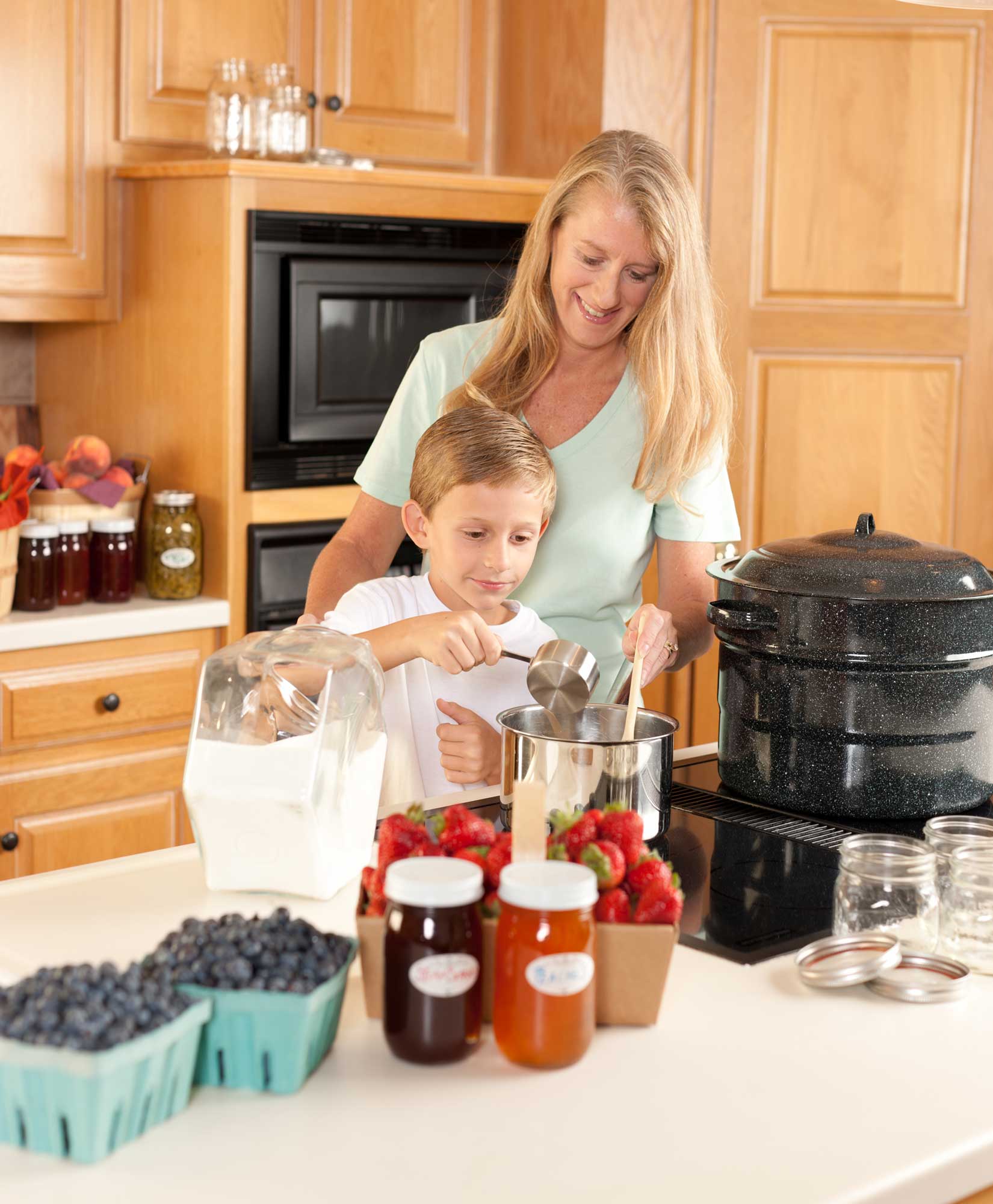
Preservation Station!
At the end of this lesson, participants will be able to list the most-common methods used to preserve fruits or vegetables.
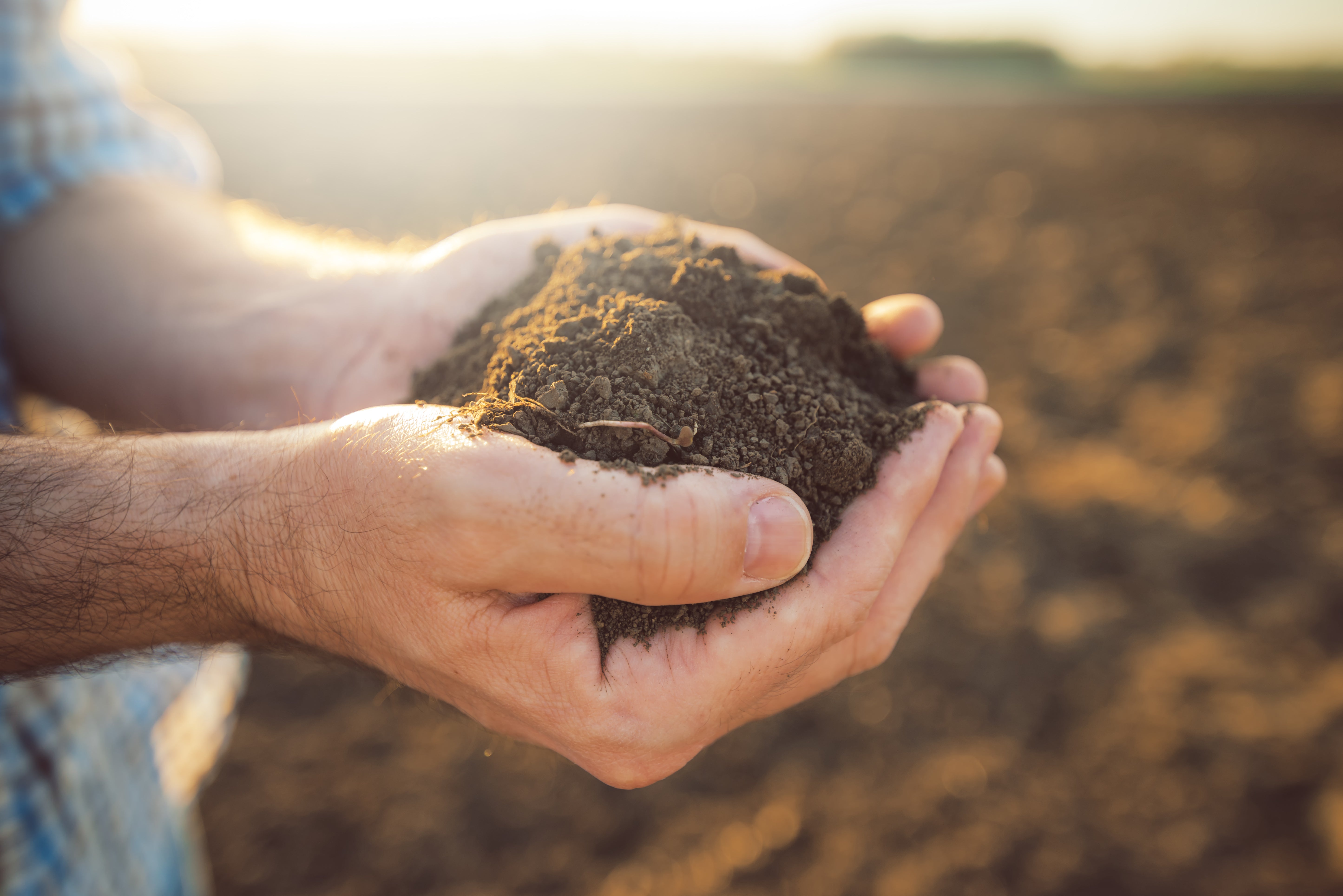
X-Ray Scanning Confirms Soil Health Benefits from Conservation Practices
Summary report of X-ray scanning confirms soil health benefits from conservation practices.
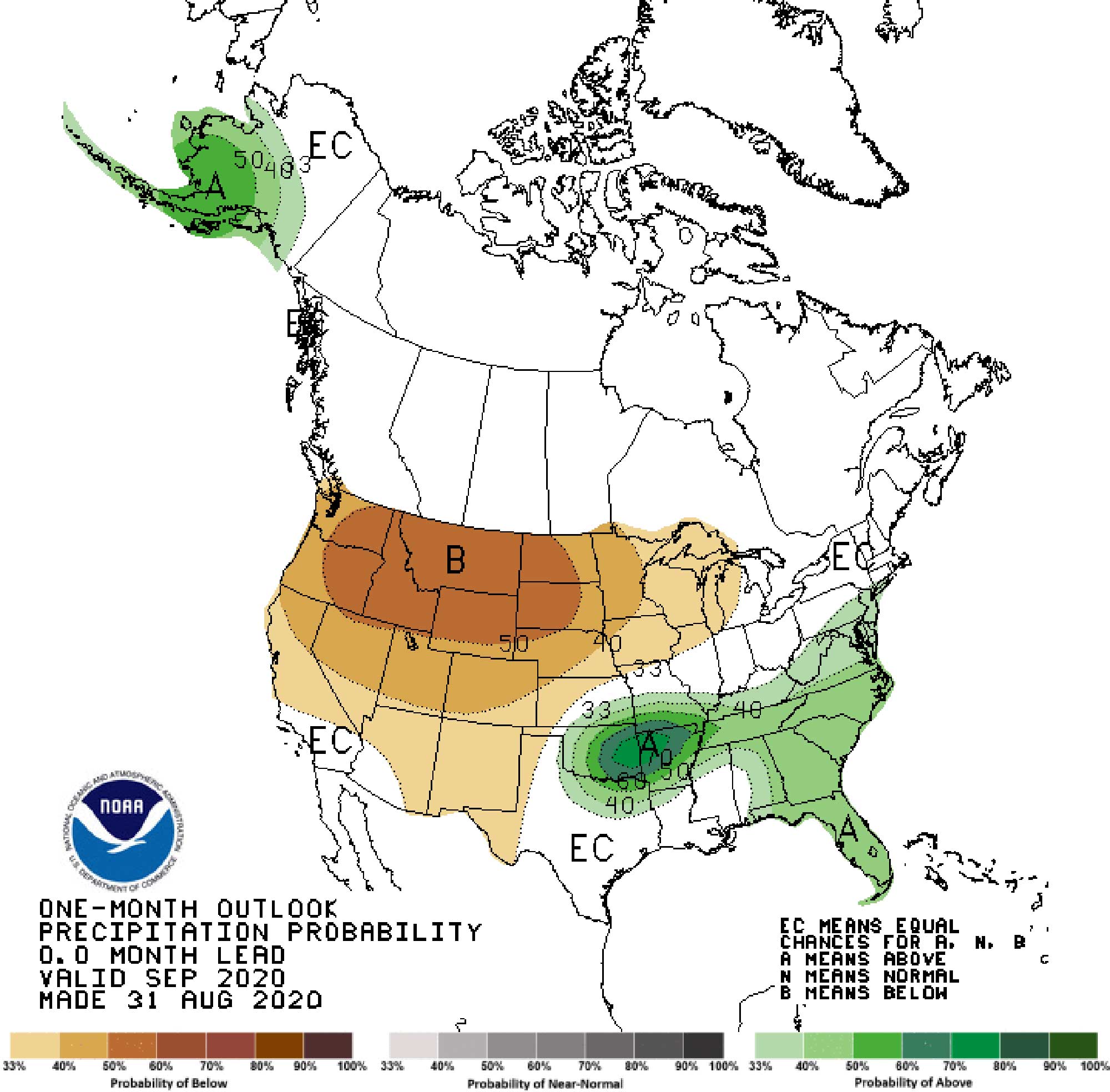
September 2020 Climate & Drought Outlook
Summer has its last hurrah the first week of September before we see potential for our state’s first freeze of the fall season, according to NOAA’s Climate Prediction Center.
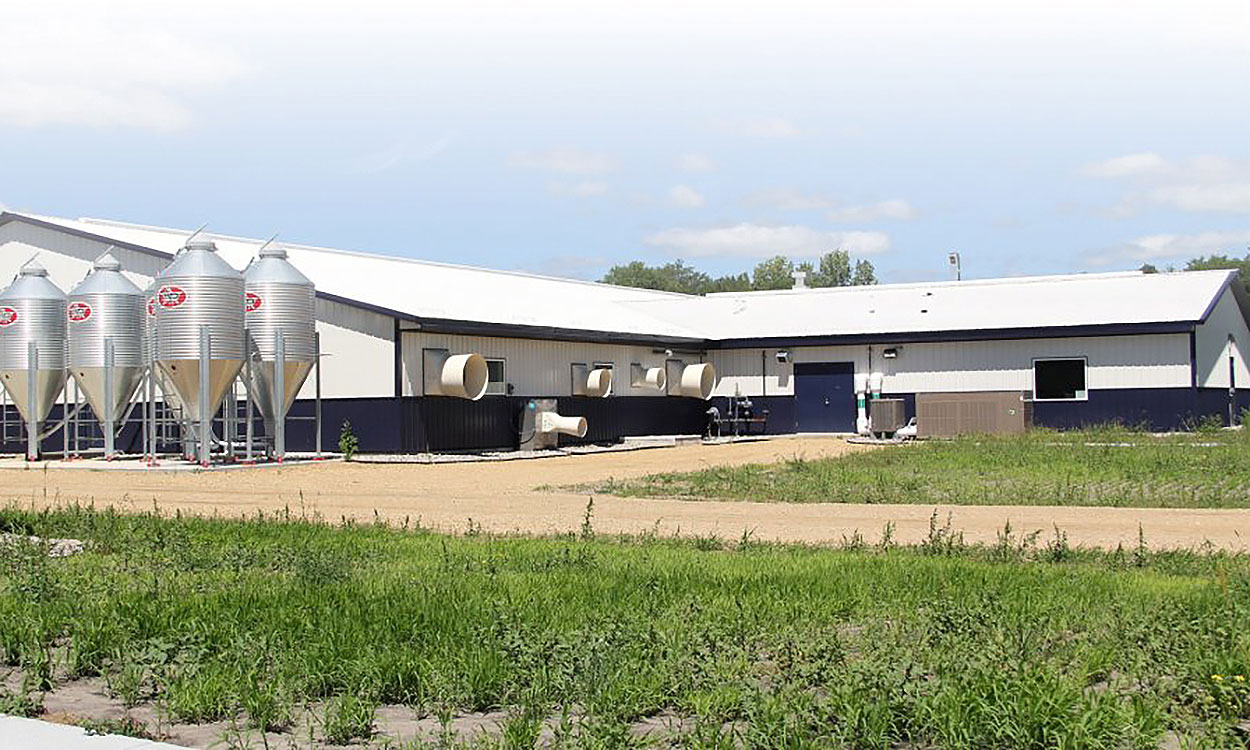
Comparing Feeder Types in the Wean-to-Finish Barn
The differences in pig performance are important to consider in choosing feeder type between dry feeders and wet-dry feeders. Learn some key findings from South Dakota State University's wean-to-finish barn.
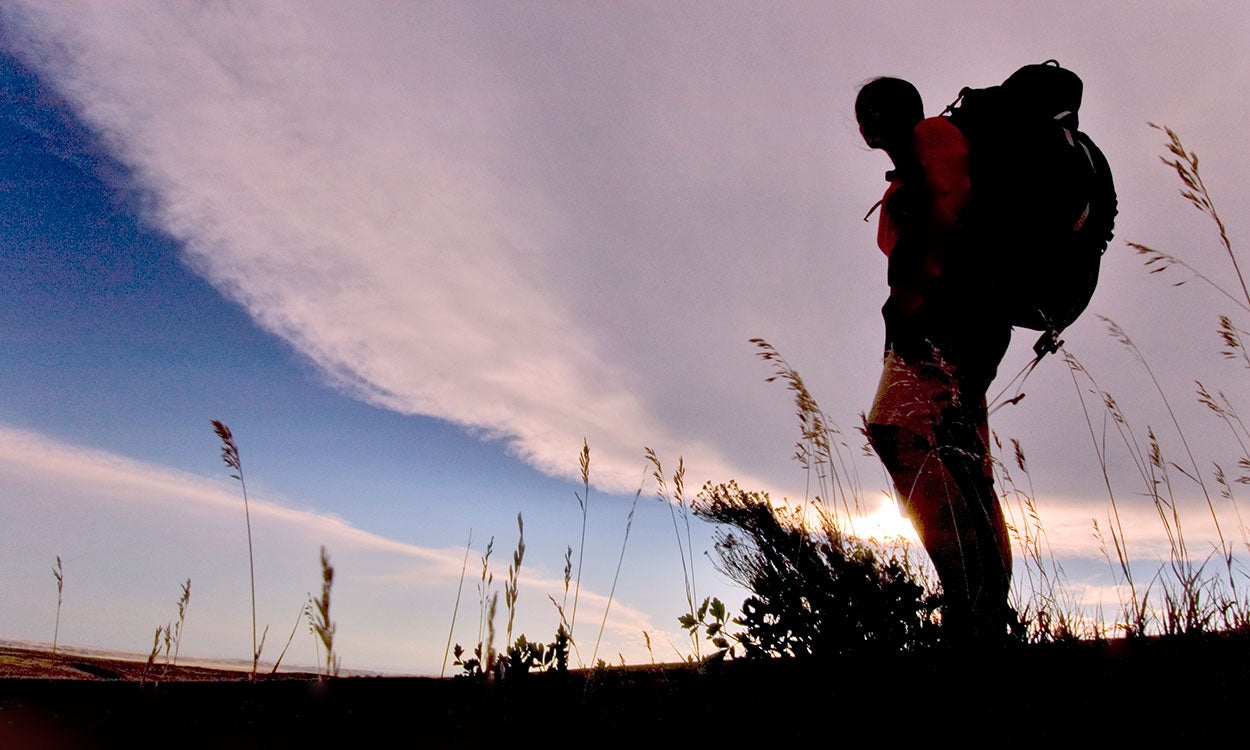
Park Prescriptions
Through a collaborative partnership between the South Dakota Department of Health, South Dakota Game Fish & Parks and SDSU Extension, healthcare professionals are encouraged to sign up and prescribe exercise to their patients through the Park Prescription (Park Rx) program.
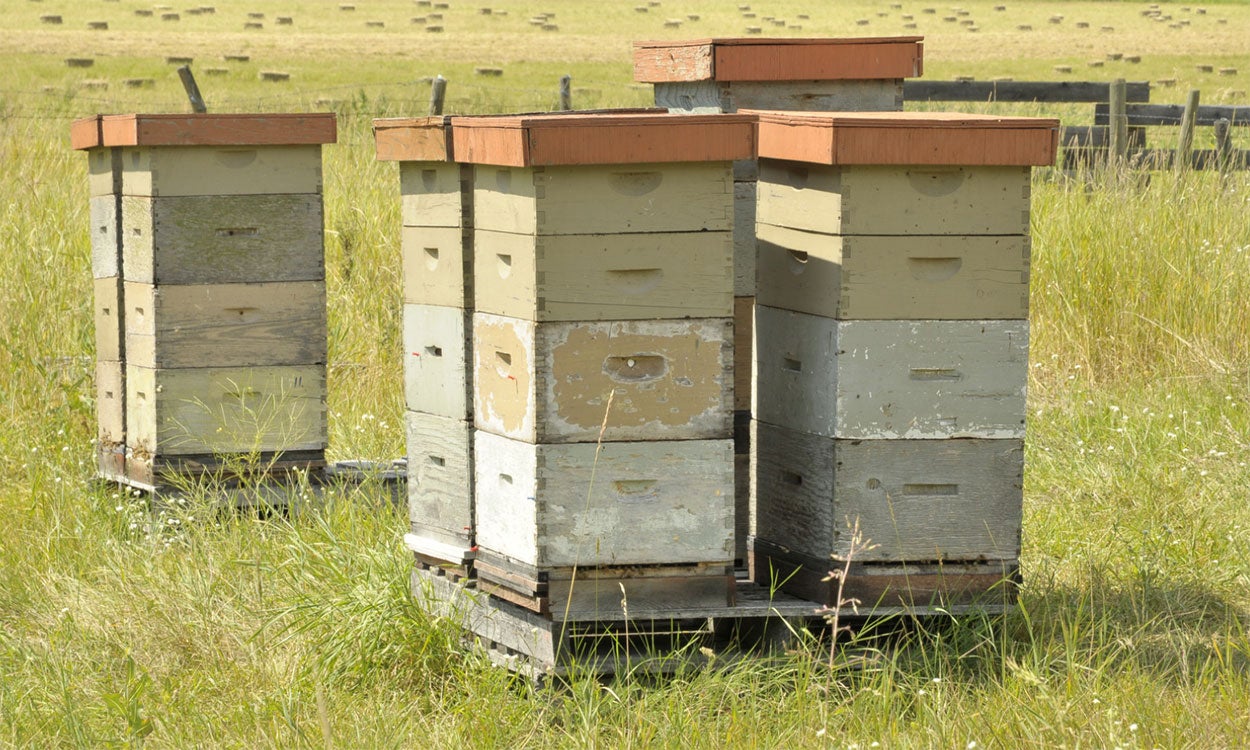
Grassland Goods and Services
Grasslands, whether in the form of pastureland, rangeland or various conservation program or habitat lands are important ecosystems that provide a variety of goods and services.
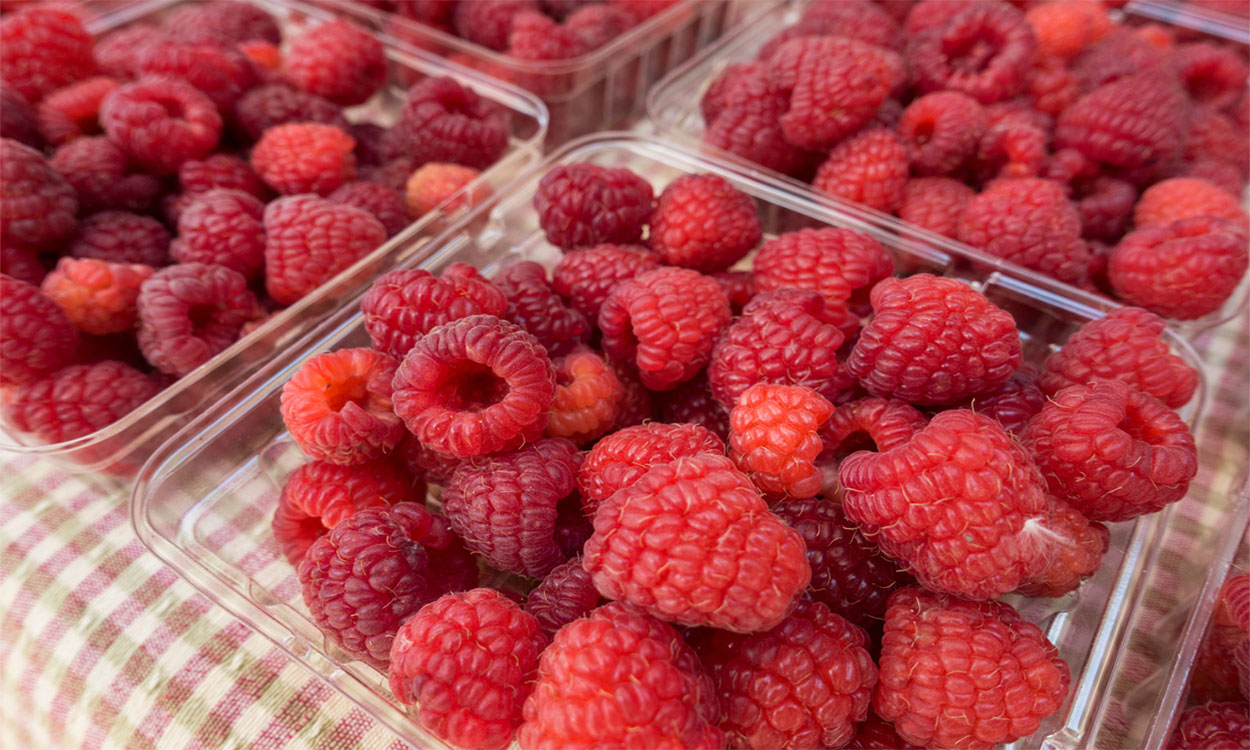
Raspberries: Harvest and Storage
Raspberries are a cool-season crop that produces fruit in the summer or fall depending on variety. Learn how to select, grow, harvest and store them with this helpful guide!
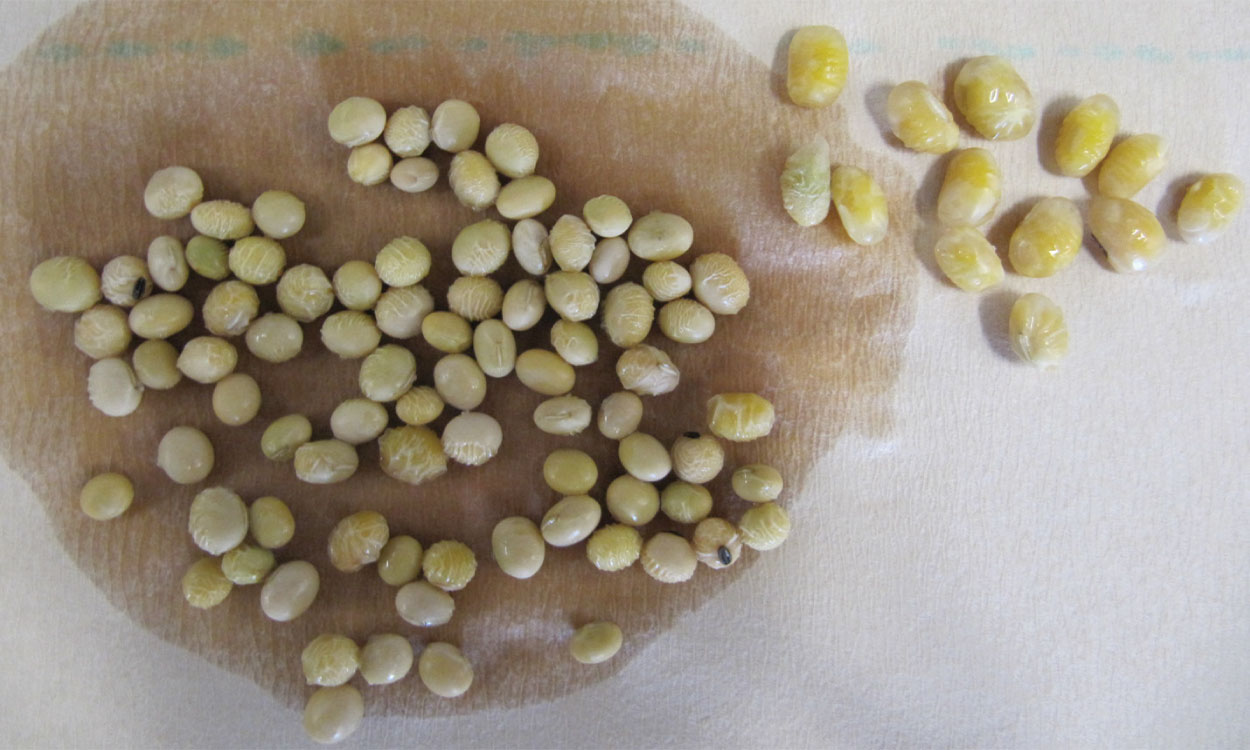
The Clorox® Soak Test
This test is used in the field to determine the percentage of soybean (Glycine max) seed damage due to combining or threshing. It is also adaptable to use in the laboratory. The test can be used for beans (Phaseolus vulgaris) and other large dicotyledonous seeds which may be injured in combining, threshing, or seed cleaning.
Cattle HQ
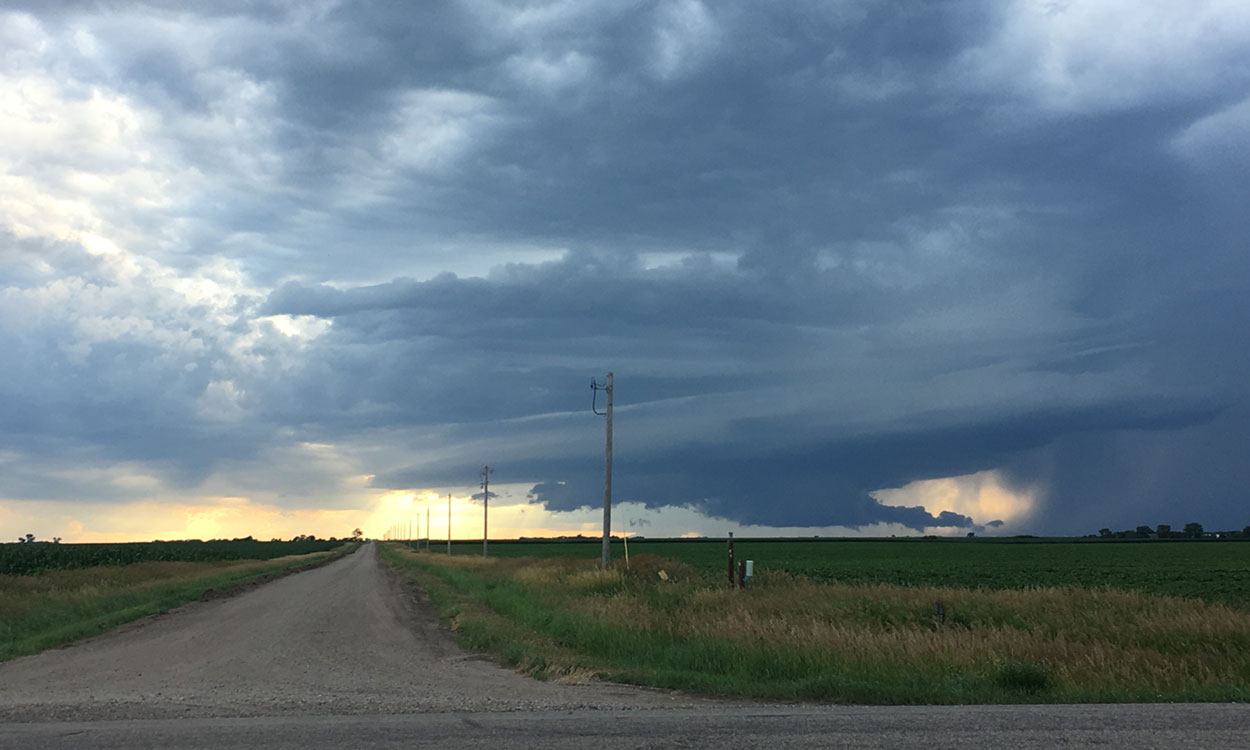
Summer Severe Weather Safety
Hail, high winds, heavy rain, lightning, tornadoes. These weather phenomena are common during South Dakota summers. Stormy weather can be beautiful to see, especially in our evening skies, but it can also be dangerous or life-threatening.